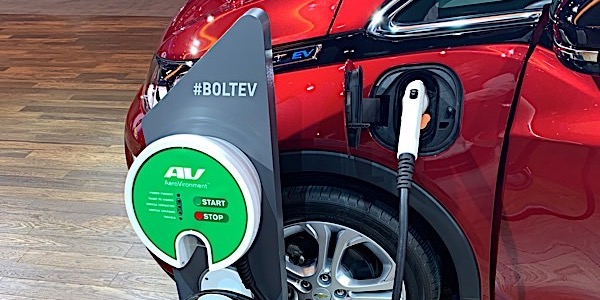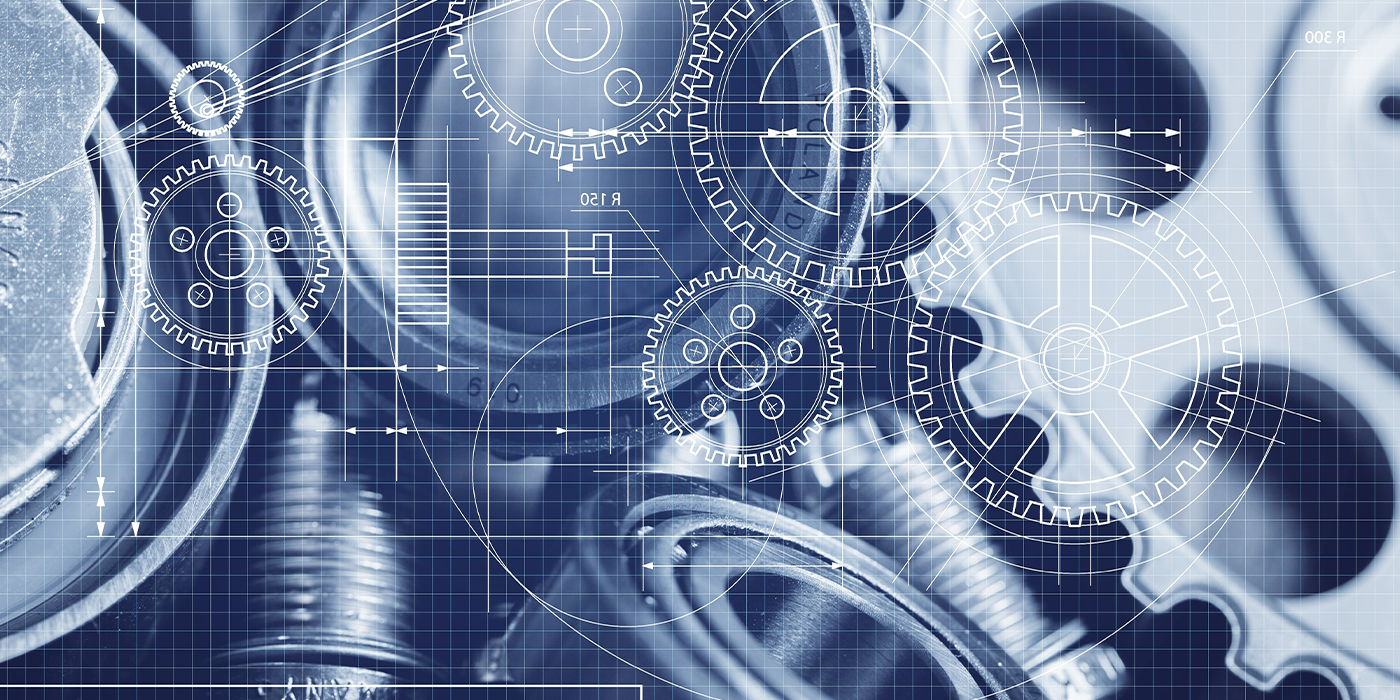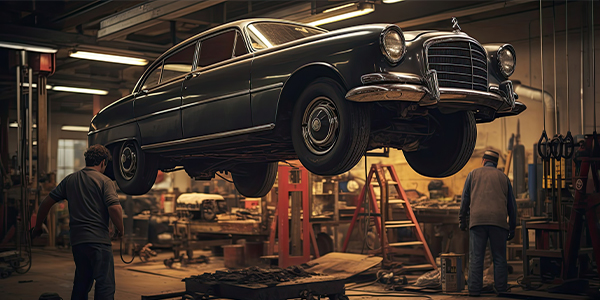This year I went to the North American International Auto Show in my home town of Detroit. It was a somber occasion because this was going to be the last time the show was going to be hosted during January. I have been going to this show since the early 1980s and have many fond memories attending it with my family.
I can remember as a child trying to collect every single brochure and poster. As I grew up, it was all about sitting in the cars. Then later, it was all about opening the hoods of the cars and taking a look.
I would usually attend the show with my father. It was a chance for him to impart his automotive knowledge and show what he was working on at his job at GM. It was also a chance to look at the competition.
In the late 1980s, he would open the hoods on a competitor’s car and notice a carburetor and make the crack to me, “How did they get that through the EPA? GM ditched those when they went with throttle body injection almost five years ago.”
I can remember in the early 1990s when the supplemental restraint regulations went into effect. If a car could not be re-engineered to use airbags, they had to have automatic seat belts that were mounted on motorized tracks in the door or door jam. These made getting in and out of the car difficult.
My father took pride in that fact that GM had airbags on most of their platforms and did not need automatic seatbelts. He made it a point to attach the automatic shoulder belts to the door in hopes people would realize the competitor’s cars did not have airbags. He had a run in with a booth worker that resulted in my father claiming that according to NHTSA the car had to be displayed with the belt connected.
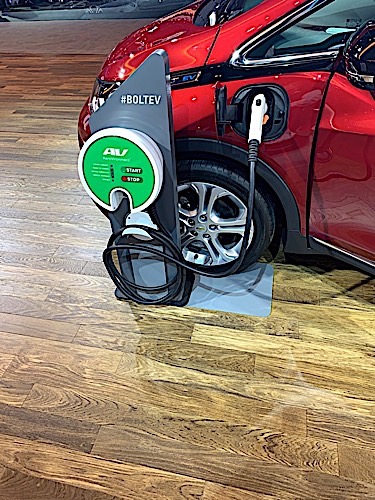 When I called my dad after attending this year’s press days, he asked: “What is new this year?” It turned into an hour-long conversation. By the media reports, he thought the show would be wall-to-wall electric and autonomous vehicles. But by my estimates, the majority of the cars displayed were internal combustion vehicles and performance was still king. These vehicles can be purchased today or in the very near future and remain on the roads for 20 years or more.
When I called my dad after attending this year’s press days, he asked: “What is new this year?” It turned into an hour-long conversation. By the media reports, he thought the show would be wall-to-wall electric and autonomous vehicles. But by my estimates, the majority of the cars displayed were internal combustion vehicles and performance was still king. These vehicles can be purchased today or in the very near future and remain on the roads for 20 years or more.
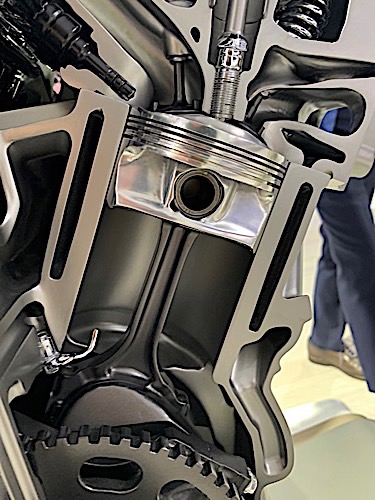
But, under the hoods of most vehicles were some new components and systems like thermal management units, valvetrain actuators that can adjust both timing and lift, and more sensors than ever before. While there were hybrids, electric and hydrogen vehicles, in the booths new vehicles like the Toyota Supra or Ford Mustang 500 had most of the floor space.
The main star of this year’s show was the turbocharger. Just about every automaker had cars on display that were equipped with a turbocharger. The most interesting evolution is that engineers are placing the turbos closer to the exhaust valves and the catalytic converters closer to the turbo. Many vehicles had their exhaust manifolds cast into the cylinder heads.
My father asked, “Will electric vehicles take over the Detroit auto show?” It is tough to say, but if you lift the hoods of some of the vehicles, it is easy to see that gasoline and diesel engines still have a lot of life left in them.
When that day comes there will probably be an employee of a car company opening the battery compartment of a car and say to his son, “They are still using lithium batteries? My auto company stopped using those five years ago in favor of fuel cells.”

